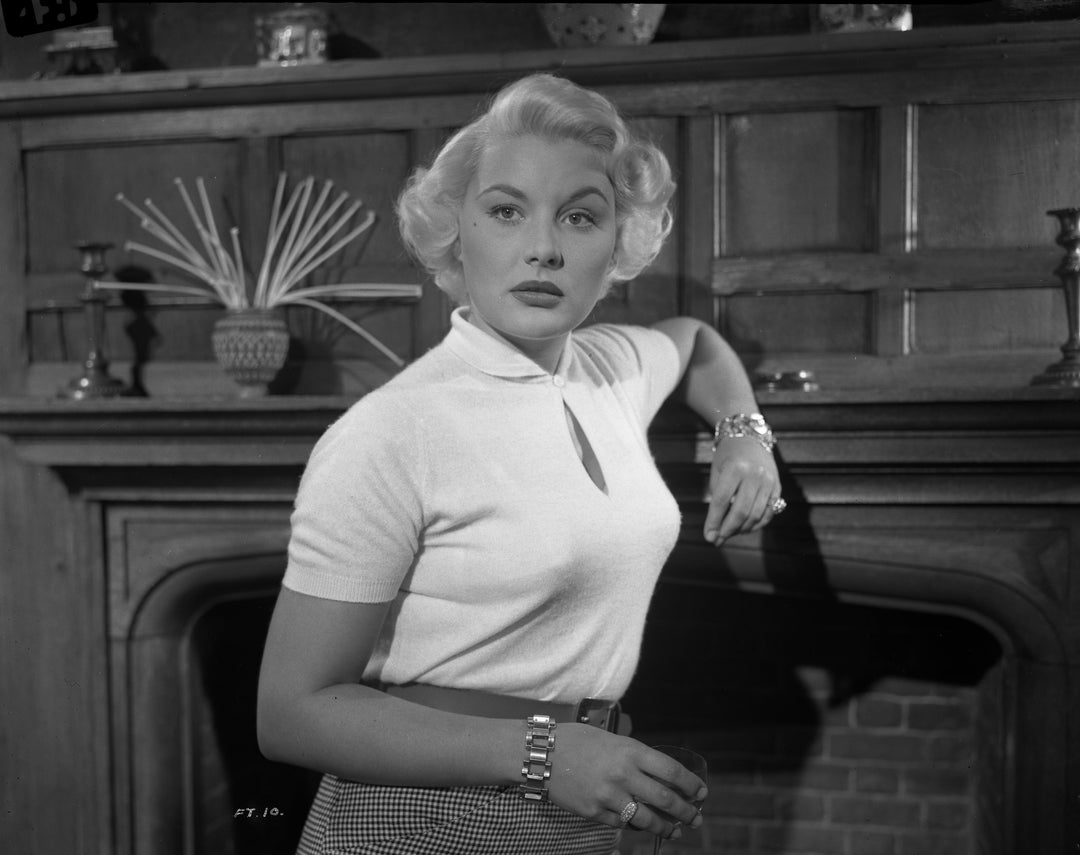1. Stars Can Come Back From The Dead
© Daily Galaxy
Who thought zombification was limited to Earth-bound lifeforms demanding "braaaaaaains"? Well don't you feel silly?
Type Ia supernovae are often refered to as zombie stars, for their ability to come back from death. When a star dies and becomes a white dwarf, it can (in the right circumstances) create a gargantuan supernova, which sucks so much material from neighbouring stars that it will be brought back to life. Like a giant space defibrillator.
© Hammer Films 2. The next planet we colonise could be Hell
© Wikimedia Commons
Gliese 581 c - remember the name, because it could be your new home. Scientists have concluded that this hellish planet if the most likely destination for future colonisation.
Orbiting a red dwarf star much smaller than our own sun, Gliese 581 c is almost completely hostile to human life. Because of Gliese 581 c's close proximity to its sun the planet is stuck in a state of tidal locking, which means that it doesn't spin while it orbits. As a consequence, half of Gliese 581 c is perpetually staring down the sun (enjoying temperatures which could toast more than a few marshmallows) while the other half is in utter, freezing darkness. Only a tiny vertical belt of the planet is potentially inhabitable by man, and it is on this belt where the proposed colonisation would take place.
© Gededah 3. One rock flying through space can wipe out mankind
© Huffington Post
Debris is rife in space. While most is harmless to us back on Earth, terrifyingly it takes only a rock with a width of 0.6 miles to threaten our entire species' existence. Even smaller rocks of around 130ft across can cause our planet cataclysmic damage. Thankfully, scientists are able to watch the skies for potential threats headed our way and take necessary defensive measures.
... And if that fails there's a group of blue-collar deep-core drillers who might be up to the task of saving the human race...
© Blogspot 4. Some stars are vampires
© Northwestern
Did you know that some stars can artificially prolong youth by performing a vampiric kiss on other stars? And no, we don't mean Madonna kissing Britney, or Madonna kissing Christina, or Madonna kissing Drake.
Known as blue stragglers, these stars remain young, burn hotter and appear bluer than their more ancient red neighbours by sucking the hydrogen fuel away from them, slowly killing them much in the way that a vampire dispatches its victim.
© Wordpress 5. The planet Gliese 436 b is a burning ball of ice
© Living Moon
One of the stranger entries on this list, Gliese 436 b (from the same solar system as Gliese 581 c) is another planet which could kill you instantly, but one which would leave you scratching your head in confusion as you perish. That's because Gliese 436 b is a ball of ice which exists at a seemingly impossible temperature of 439 degrees celsius.
The only reason the planet isn't visibly burning is because of the huge amount of water on Gliese 436 b. Apparently gravity pulls the water molecules to the planet's centre so strongly and packs the molecules together so densely, that they are unable to evaporate and the ice on top is unable to melt.
© Pxleyes 6. The LQG is so big it breaks fundamental rules of astrophysics
© Wikimedia Commons
Our Milky Way is around one hundred thousand light years across, which isn't to be sniffed at. Unless of course, you are The LQG.
The LQG, or Large Quasar Group. is so big that it breaks conventional laws for modern astronomy. The largest known structure in the universe, the Large Quasar Group comprises 73 quasars and has a minimum diameter of 1.4 billion light-years, and reaches over 4 billion light-years across at its widest point. Super-sized.
© Atheist Universe 7. There is a star 1,500 times the size of the sun
© Wikimedia Commons
Dwarfing our own sun by about 1,500 times, it VY Canis is a Titan among stars.
Some fun facts:
1. It would take an airplane 1,100 years to circle VY Canis Majoris once.
2. If one were to replace our own sun with this behemoth, its surface would extend out past the orbit of Saturn.
© Wikimedia Commons 8.Supermassive Black Holes are as scary as you'd think
© Domain Academy
Some uncomfortable facts about black holes:
1. You can't see a black hole directly.
2. There is probably a huge supermassive black hole lurking in our galaxy.
3. Stellar black holes, the most common type, are known to be 20 times more massive than our own sun.
4. Going near a black hole would turn a human being into something resembling spaghetti.
© Wikimedia Commons 9. There are real shooting stars, and they are terrifying
© UNews
Shooting stars are just burning comets entering our atmosphere, right? Wrong. There are real shooting stars- called hypervelocity stars- which are moving through space at more than a million miles per hour. Is one headed this way? Best hope not...
© Blogspot 10. White holes exist
© Wordpress
... in theory, at least.
The perfect opposite of a black hole, a white hole is a theoretical region of space from which matter and light can escape, but can never enter.
“A black hole is a place where you can go in but you can never escape; a white hole is a place where you can leave but you can never go back. Otherwise, [both share] exactly the same mathematics, exactly the same geometry.” - Caltech physicist Sean Carroll























